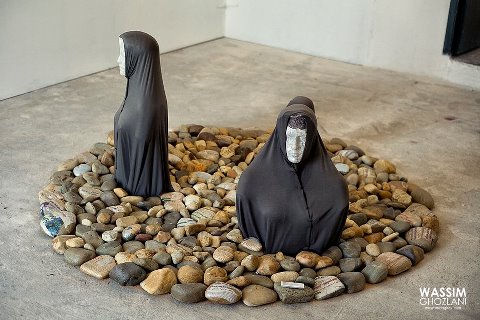The UN believes around 50,000 civilians are still trapped inside rebel-held East Aleppo, Syria. They were to be evacuated this morning but latest reports are that the buses sent to carry them out remain idle and shelling has resumed.
This is certainly the worst holocaust of the new millennium. The trapped include a large number of children, who have been the most vulnerable victims of the bombings all along. At least 82 civilians, including women and children, were shot on Monday, according to a spokesperson for the UN High Commissioner for Human Rights. One imagines it will get worse.
Now comes the inevitable hand-wringing. As Julie Lenarz writes in a heartbreaking essay in the Telegraph, we’re once again reduced to saying, “never again” when it’s already too late.
Aleppo is one of the oldest continuously inhabited cities in the world. Located at one end of the Silk Road, it was a cosmopolitan mix of the world’s people. In the 20th century, after the Suez Canal had bypassed it as a trading center, it became a refuge for Armenian Christians fleeing genocide (some of whose descendants are now trapped).
Modern Aleppo was home to more than 2 million people, some of whom have escaped and many of whom have been killed. We had the opportunity to intervene when the costs were lower; we inexplicably sat on our hands. Today a consortium of Russia, a genocidal dictator (Assad) and the world’s leading state sponsor of Islamic terrorism (Iran) control most of the city. And there’s no hope anymore of moderate rebellion: what’s left are jihadists. It’s a terrible indictment of our role as the world’s superpower, and it also points out that ignoring festering problems never works.

“Die Gefangenen,” (The Prisoners), 1908, Käthe Kollwitz
Last week I saw a headline that called our Japanese internment camps “concentration camps.” There’s a line of thinking that says our government is as flawed as Nazi Germany’s. It’s a kind of reverse Holocaust denial, promoting the idea that we have no right to intervene in other governments’ dirty business, since we’re just as bad.
There will always be historical revisionists. And that’s where art comes in. Through history, artists have used their skill to create indelible records of the horrors inflicted upon the weak by the strong. Often, it took great courage for them to record their impressions. I pray that none of us are ever called to witness such events. But if we are, may we have the courage to use our pencils to tell the truth.
It’s almost Christmas, of course, and my thoughts inevitably turned to practical matters. I stopped at Renys for more wrapping paper. As I checked out, I heard a clerk making a phone call. “Your layaway was paid by a generous customer,” she told the person on the line. “You can come and pick it up now.”
That can’t erase the atrocities in Aleppo, but it does remind me that mankind is also capable of kindness. Evil may seem to have us by the short hairs, but it is countered by quiet virtue. As long as that’s true, there’s hope for us all. Pray for peace, remember war’s victims, and be grateful for the light that shines in your own backyard.






